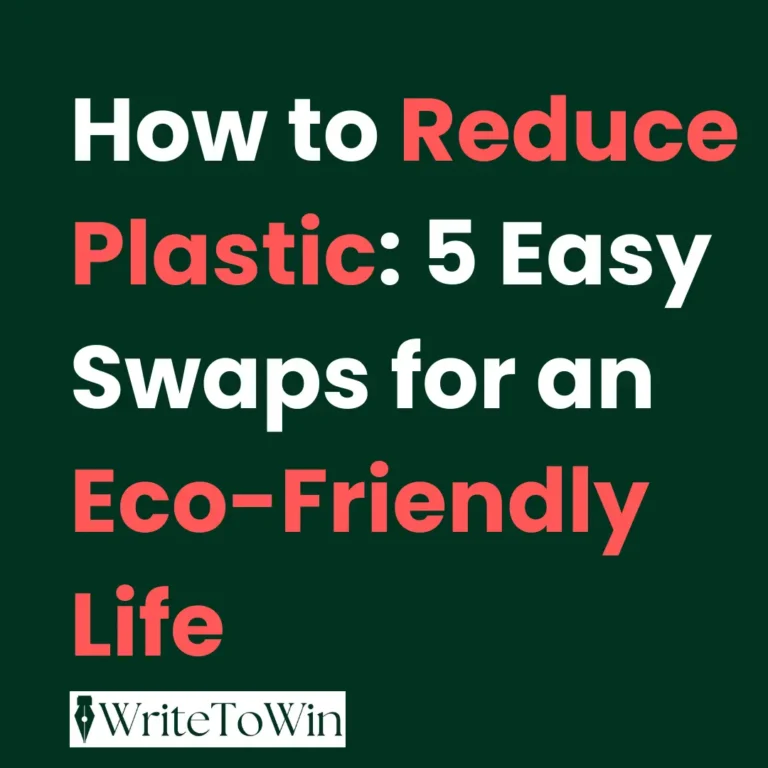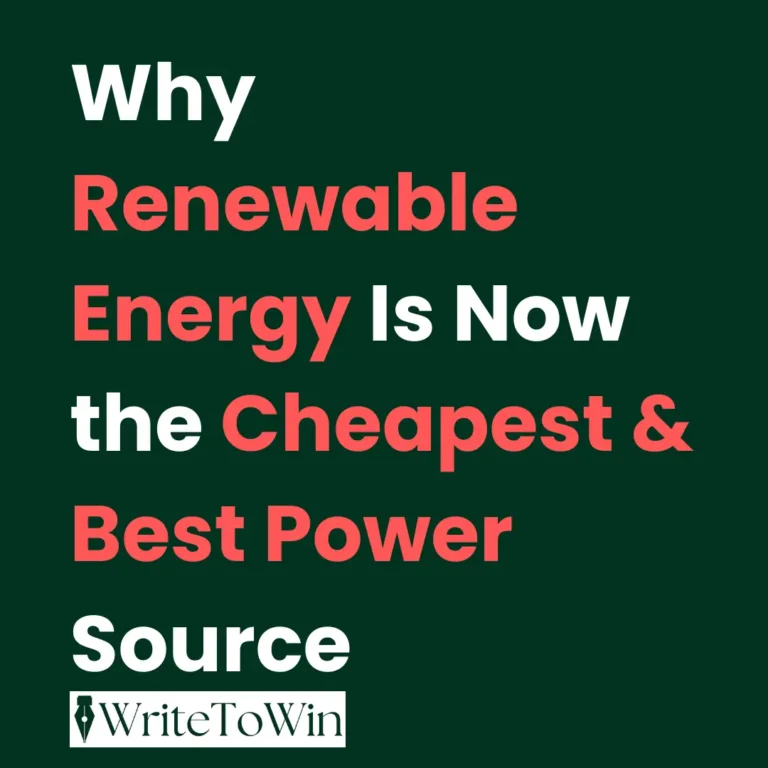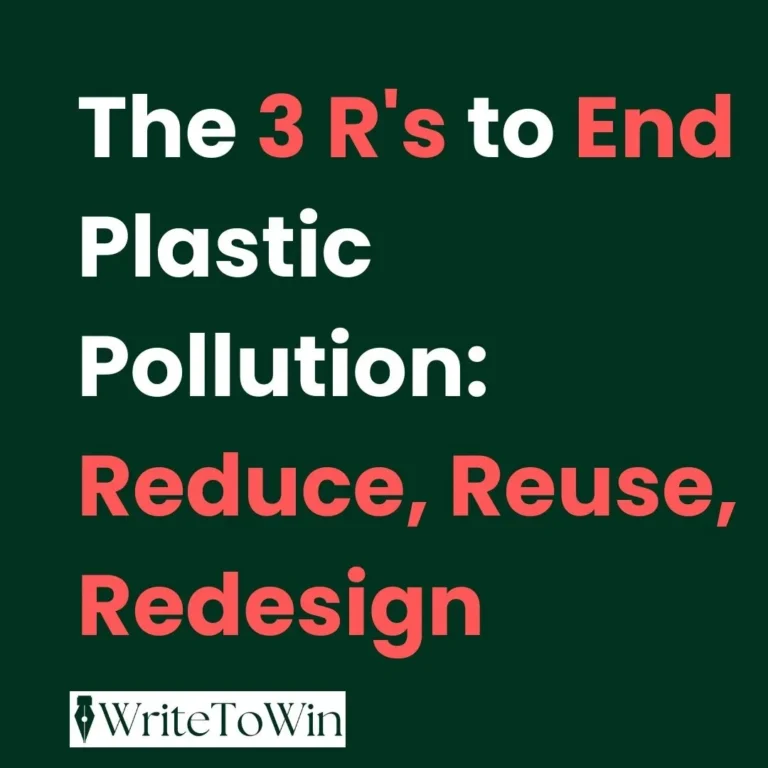When you’re knee-deep in the chaos of new parenthood, wrestling with a squirming baby at 3 AM, the last thing on your mind is probably the environmental impact of that disposable diaper you’re about to toss in the trash. But that single diaper carries with it an environmental story that spans decades and touches multiple ecosystems.
Let’s break down what happens when we choose convenience over consciousness, one diaper at a time.
The Numbers Game
The average baby goes through about 6,000 to 8,000 diapers before potty training. That’s roughly 20 diapers per week for the first year, tapering off as children grow. But let’s focus on just one diaper that seemingly innocent bundle of absorbent layers that weighs maybe two ounces when dry.
That single diaper will outlive your child’s childhood, their teenage years, and potentially their own children’s childhoods. Most disposable diapers take between 250 to 500 years to decompose in landfills. To put that in perspective, a diaper thrown away today won’t fully break down until sometime between 2275 and 2525. George Washington’s diapers, had they been disposable, would still be sitting in a landfill somewhere.
What's Actually Inside That Diaper?
Modern disposable diapers are marvels of engineering, designed to absorb multiple times their weight in liquid while staying relatively dry against a baby’s skin. But this convenience comes at a cost. Each diaper contains: Superabsorbent polymers (SAPs): These tiny crystals can absorb up to 300 times their weight in liquid. They’re petroleum-based and don’t biodegrade easily.
Wood pulp: The fluffy core requires about one cup of wood pulp per diaper. That’s roughly the equivalent of one tree for every 2,000 diapers.
Plastic components: The waterproof backing, elastic leg cuffs, and adhesive tabs are all petroleum-based plastics that persist in the environment for centuries.
Chemicals and fragrances: Many diapers contain lotions, fragrances, and other chemical treatments that can leach into groundwater as the diaper slowly breaks down.
The Manufacturing Footprint
Before that diaper even touches a baby’s bottom, it has already left a significant environmental footprint. Manufacturing a single disposable diaper requires:
– Approximately 3.4 kilowatt-hours of energy
– About 1.3 gallons of water
– The equivalent of one cup of crude oil for the plastic components
The production process also releases greenhouse gases, with each diaper generating roughly 2.3 pounds of CO2 equivalent during manufacturing. Multiply that by the thousands of diapers a single child will use, and the carbon footprint becomes substantial.
The Landfill Legacy
Once used, that diaper begins its centuries-long residence in a landfill. But it’s not sitting there quietly. As organic matter in the diaper decomposes, it produces methane a greenhouse gas 25 times more potent than CO2. The plastic components slowly photodegrade under sunlight exposure, breaking into smaller microplastics that can contaminate soil and water systems.
Perhaps most concerning is what else ends up in landfills with those diapers. Despite clear instructions on diaper packaging, many parents don’t remove solid waste before disposal. This means human waste, with potential pathogens, is being stored in landfills not designed for sewage treatment. Groundwater contamination becomes a real risk.
The Water Story
The environmental impact extends beyond solid waste. Those superabsorbent polymers that make diapers so effective? They’re designed to hold onto moisture, which they continue to do in landfills. This can disrupt natural water cycles in waste management areas and affect local ecosystems.
Additionally, if diapers end up in waterways through improper disposal or flooding, they can persist for decades, slowly releasing chemicals and microplastics into aquatic environments.
A Matter of Scale
Individual impact might seem negligible, but scale transforms everything. In the United States alone, roughly 20 billion disposable diapers are thrown away each year. That’s about 3.4 million tons of waste annually, making diapers the thirdlargest single consumer item in landfills after newspapers and beverage containers.
Globally, the numbers are staggering. As disposable diapers become more accessible in developing countries, worldwide usage continues to grow, creating a mounting environmental challenge that crosses international borders.
The Human Element
Behind these statistics are real parents making real choices under real pressures. Single parents juggling multiple jobs don’t have time for the washing, drying, and additional laundry that cloth diapers require. Families without reliable access to washing machines face practical barriers to alternatives. Daycare centers often require disposable diapers for health and convenience reasons.
The environmental cost of disposable diapers isn’t just about individual choices it’s about systemic issues around parental support, infrastructure, and societal priorities.
Small Changes, Big Impact
Understanding the environmental cost of a single diaper doesn’t necessarily mean abandoning convenience entirely. Some parents are finding middle ground: using cloth diapers at home and disposables when out, choosing brands with more sustainable materials, or using biodegradable options for solid waste disposal.
Others are advocating for better infrastructure, more public changing facilities with diaper disposal systems that separate waste appropriately, or community cloth diaper services that handle the washing and sanitising professionally.
The Bigger Picture
That single diaper represents more than just personal convenience; it reflects how modern society balances immediate needs against long-term consequences. It embodies the tension between individual choice and collective responsibility, between the exhausting demands of early parenthood and the mounting environmental challenges we’re leaving for future generations.
Every parent deserves support in making choices that work for their family. But as we think about the diapers we use today and their 500-year journey ahead, perhaps we can also think about what kind of world we want those diapered babies to inherit when they’re adults facing their own impossible choices.
Perhaps the most empowering part of understanding these issues is realising that your voice can make a difference. In fact, if this topic has stirred something in you – a thought, an idea, a feeling, there’s a powerful way to turn that into action. RightToWin initiative invites students like you to write articles that raise awareness about environmental and climate challenges.
It’s not just a platform to share your perspective, but also a chance to win recognition and prizes of up to ~1,00,000. By putting your thoughts into words, you’re not only informing others you’re shaping the conversation for a better future. For more details, visit @WriteToWin.online.
The environmental cost of a single disposable diaper isn’t just measured in carbon footprints or landfill space it’s measured in the cumulative weight of millions of small decisions, made by tired parents who are doing their best in an imperfect system. Understanding that cost is the first step toward supporting both families and the planet they’ll call home for generations to come.

Siddharth champions the planet with a voice that’s as engaging as it is thoughtful. Through his articles, he turns complex environmental issues into relatable stories, inspiring people to take action without feeling overwhelmed. Blending passion with practical solutions, he explores how small, consistent choices can shape a more sustainable future. One step, one reader at a time.







